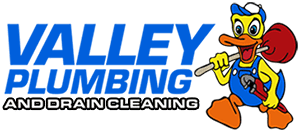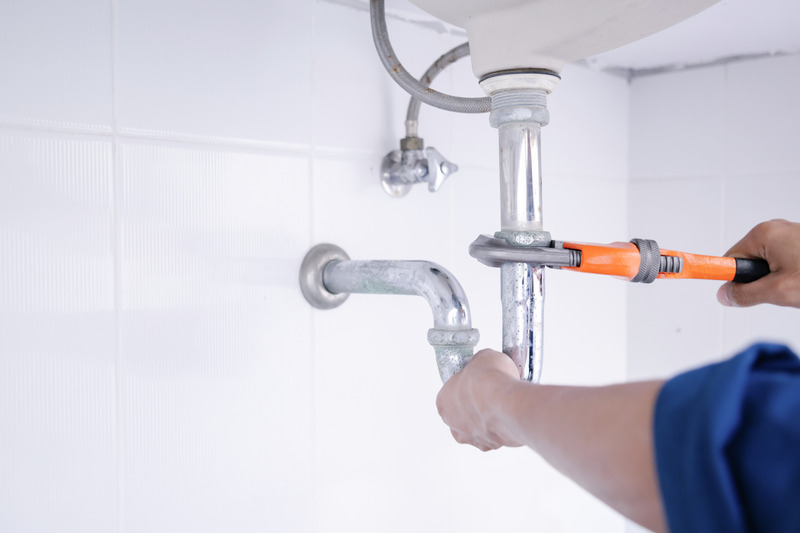At Valley Plumbing and Drain Cleaning, we understand that when it comes to plumbing issues, you need a service provider you can trust—one that not only understands the unique needs of your home but also values quality and customer satisfaction. That’s why many Salt Lake City homeowners turn to local plumbers for their plumbing needs. In this blog, we’ll explain why choosing a local plumber in Salt Lake City for your plumbing services offers numerous advantages.
1. Personalized Service from a Familiar Team
One of the top reasons Salt Lake City plumbers are trusted by homeowners is the personal connection that comes with hiring a local service provider. As a locally owned business, we understand the community’s unique needs, including the challenges that come with living in the Salt Lake City area. Whether it’s preparing for the harsh winter months or understanding local building codes, our team of experts is here to provide the most relevant, tailored advice and service for your specific plumbing requirements.
Being familiar with the area also means that local plumbers like us are more likely to have a better understanding of older plumbing systems commonly found in Salt Lake City homes. Whether you need maintenance, repairs, or new installations, we offer solutions that are custom-fitted to the needs of your home.
2. Faster Response Times and Availability
When you hire local plumbers in Salt Lake City, you can count on faster response times and more flexible scheduling. Unlike large national chains, we’re just around the corner, ready to address your plumbing problems without the lengthy wait times. When you call Valley Plumbing and Drain Cleaning, we respond quickly because we know how inconvenient plumbing issues can be. Our proximity allows us to offer prompt service for emergencies, whether it’s a burst pipe in the middle of the night or a clogged drain during the busiest time of day.
With plumbing services in Salt Lake City, having a local expert just minutes away ensures you’ll get the help you need when you need it most. You won’t have to wait for an out-of-town technician to show up; our team is always ready to help, often within the same day.
3. Accountability and Trustworthiness
One of the main reasons homeowners trust local plumbers in Salt Lake City is accountability. As a part of the local community, we are committed to providing high-quality service, building relationships with our customers, and earning their trust. We take pride in our reputation and always go the extra mile to ensure our customers are satisfied.
When you hire local plumbers, you know exactly who you’re working with. If you have a problem, you can count on us to show up and resolve it. We aren’t a faceless corporation—our team is made up of local professionals who live and work in the same area, which means we take every job seriously and treat our customers like neighbors.
4. Knowledge of Local Codes and Regulations
Hiring Salt Lake City plumbers also means your plumber will be well-versed in local building codes and regulations. This is essential for any plumbing work, especially when you need to ensure that installations or repairs meet the specific codes for Salt Lake City homes. We are familiar with the city’s plumbing standards and codes, so you don’t have to worry about costly mistakes or delays from non-compliance.
Whether you’re installing a new water heater, replacing plumbing pipes, or remodeling your kitchen or bathroom, a local plumber ensures your project meets all the required standards and avoids future complications.
5. Supporting the Local Economy
Choosing a local plumber in Salt Lake City also means supporting the local economy. When you hire a local business like Valley Plumbing and Drain Cleaning, you help create jobs and keep money within the community. We pride ourselves on offering reliable, high-quality plumbing services while contributing to the prosperity of Salt Lake City.
At Valley Plumbing and Drain Cleaning, we know that local plumbers in Salt Lake City provide more than just plumbing—they offer reliability, personalized service, and a commitment to the community. Whether you need plumbing services in Salt Lake City, a routine inspection, or emergency assistance, our team is here to help with expertise and care.
For fast, reliable, and trusted plumbing services, contact Valley Plumbing and Drain Cleaning today. Let us be your go-to plumber in Salt Lake City.






